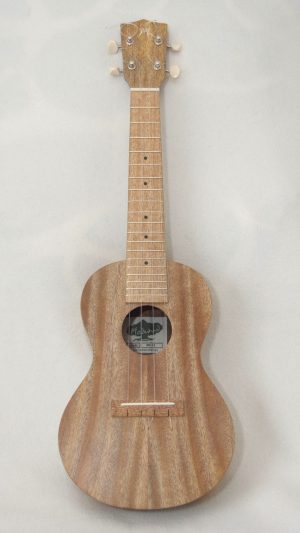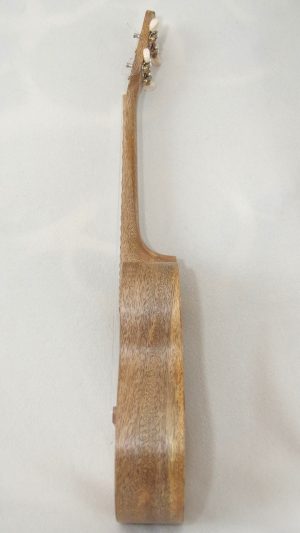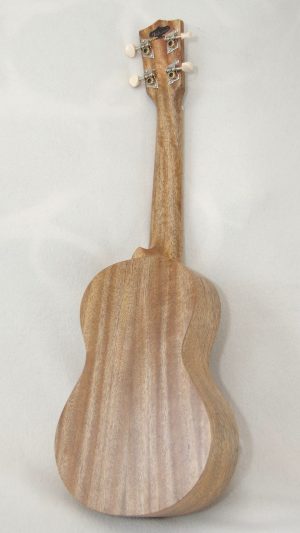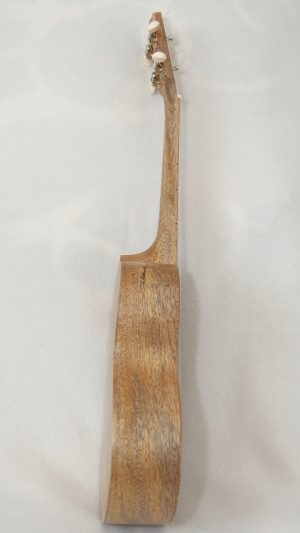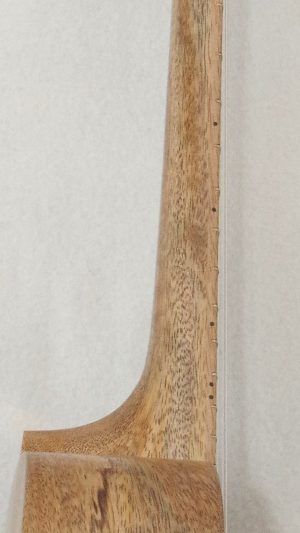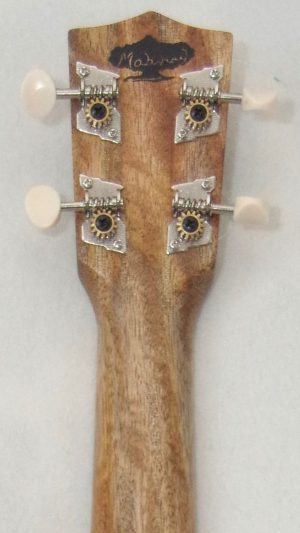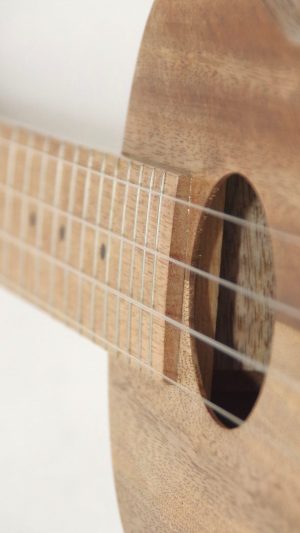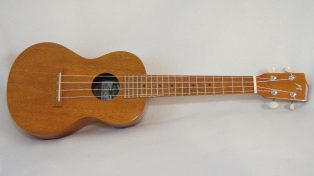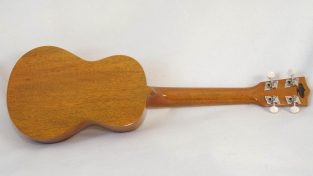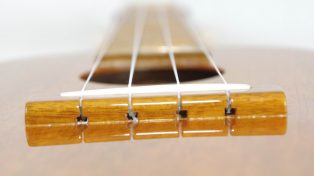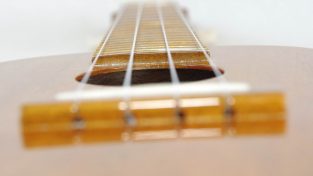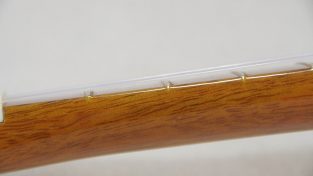
when i saw the first pictures of the mango fretboard this ukulele had me – what an eye-catcher compared to the usual dark rosewood fretboards. i love grain patterns and unusual looks….
mabuhay also offers rosewood fretboards and bridges on their 12 series.
the introductory description did not really help calming down uas either:
all mabuhay ukuleles are hand-made in the philippines of wood over 100 years old. the sweetness of the philippine mango lives on in the unique warm sweet sound of these ukuleles. the instruments are finished in a clear satin finish to bring out the true beauty of the mango wood. “long live the mango tree” in the exceptional mabuhay.
the mango is the national fruit in the philippines and mango orchards are well cultivated and cared for as a national treasure. the philippine mango is considered the best and sweetest in the world. mango trees generally bear fruit over 100 years and can live up to 300 years. once the trees no longer bear fruit their usefulness is over and they are cut and burned. until now. kei yatsuzuka, the founder of headway guitars in japan, has other plans for these stately trees. he believes that the mango tree can continue to bring enjoyment to people long past the 100 years of its fruit bearing lifespan. he purchases old mango trees before they are destroyed and properly cuts, dries and seasons the wood to perfection in his philippine guitar factory. here the mango wood is turned into wonderful instruments for young and old music lovers – the mabuhay ukulele.
what a great method of recycling or rather upcycling old mango trees. as usual these days it comes with aquila new nylgut strings; i already swapped them for my favourite ukumele fluorocarbon strings after a few days. aquila strings are undoubtedly good, but lately my ears prefer fluorocarbon strings on most ukes.
tech specs in a nutshell:
- all solid mango, incl. neck, bridge and fretboard
- radiused fretboard with 19 frets
- gotoh ut-18 geared open tuners
- h/w/d: 61,5cm / 19,5cm / 7cm
- weight: 534g (mc-11e)
- mc-11:
- bookmatched top and bottom
- satin gloss finish
- mc-11e:
- passive piezo (soundboard) pickup (might be worth swapping it for a mi-si air some day)
- glossy finish
first hands on impressions
the mc-11 came with an almost flawless satin gloss finish with only a few very small “stains” which didn’t put much resistance to easily being wiped off with a microfibre cloth. the mc-11e came with a slightly yellowish but equally flawless gloss finish. i am not sure which one i would prefer – the satin finish emphasized the greyish mango wood with slight orange a bit better and made the overall instrument stand out visually. The glossy finish makes the whole instrument look more like the “classic” brownish woods, e.g. mahogany, acacia or koa.
no rough edges anywhere, neck and fret ends are smooth. The frets themselves are very flat; if you don’t fret carefully the strings start to buzz when being strummed. but the efforts for a better fingering technique (put your fingers closer to the frets) are immediately rewarded – and you don’t need much pressure for a clear sound. this mango seems to be not too loud, my little kala sstu still can blow her out of the water. but we’re not here for pure volume anyway… intonation is excellent, action is comfortably low – and the sound is very clear.
imho the looks were absolutely stunning, but the sound was too close to my acacia to keep the mabuhay. we parted as good friends, not lovers 😉
